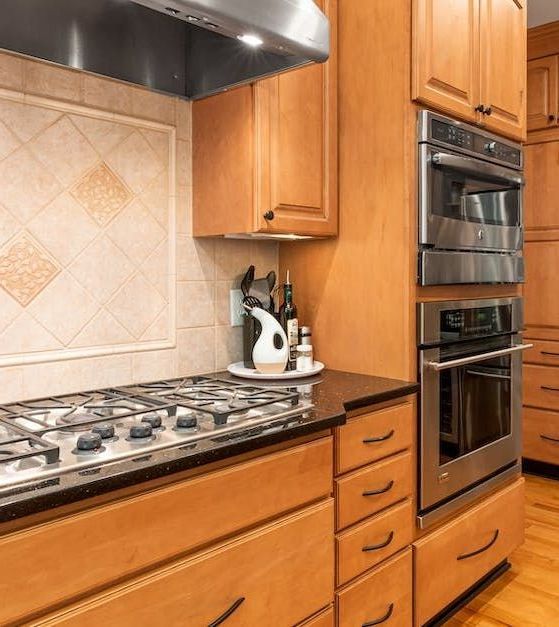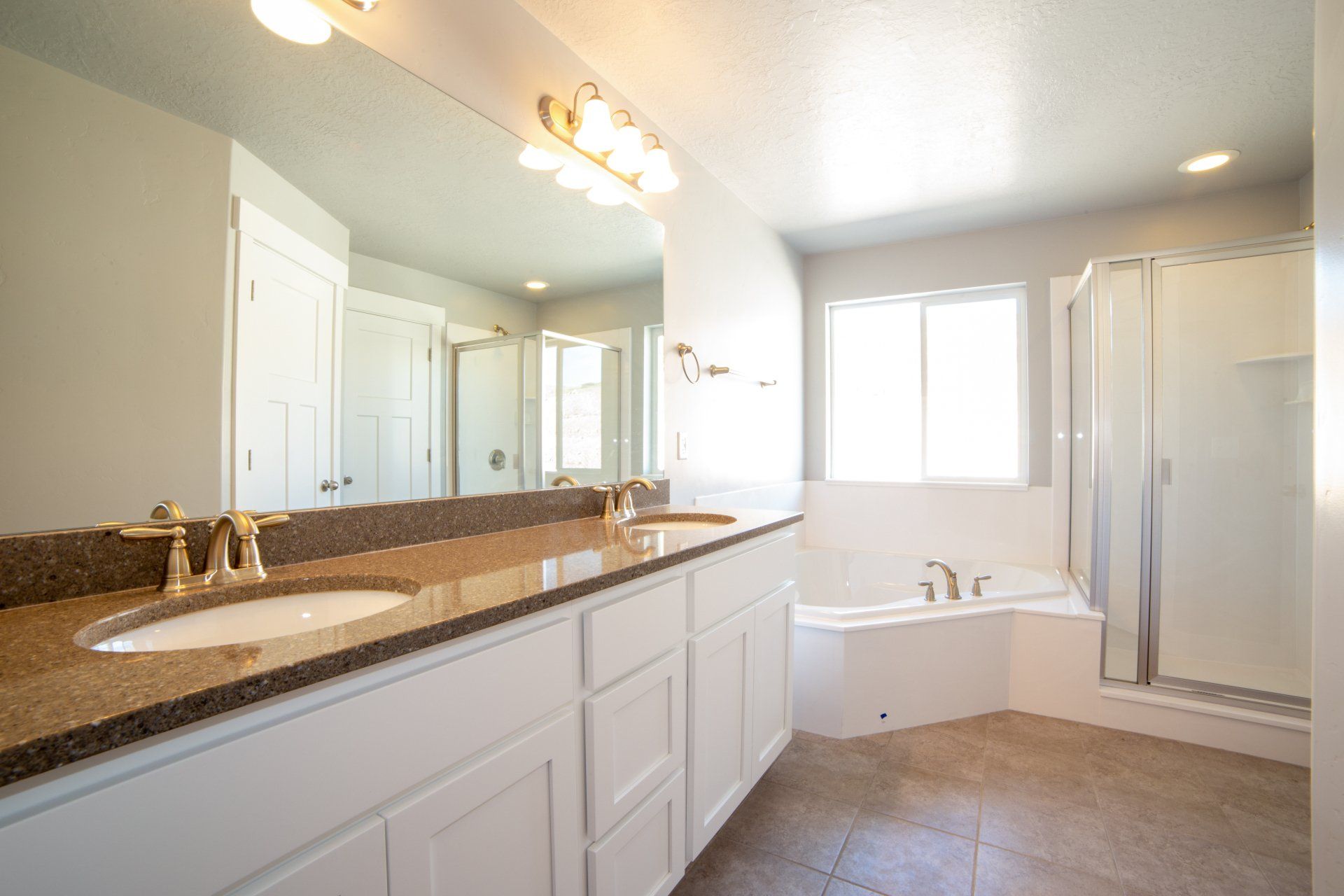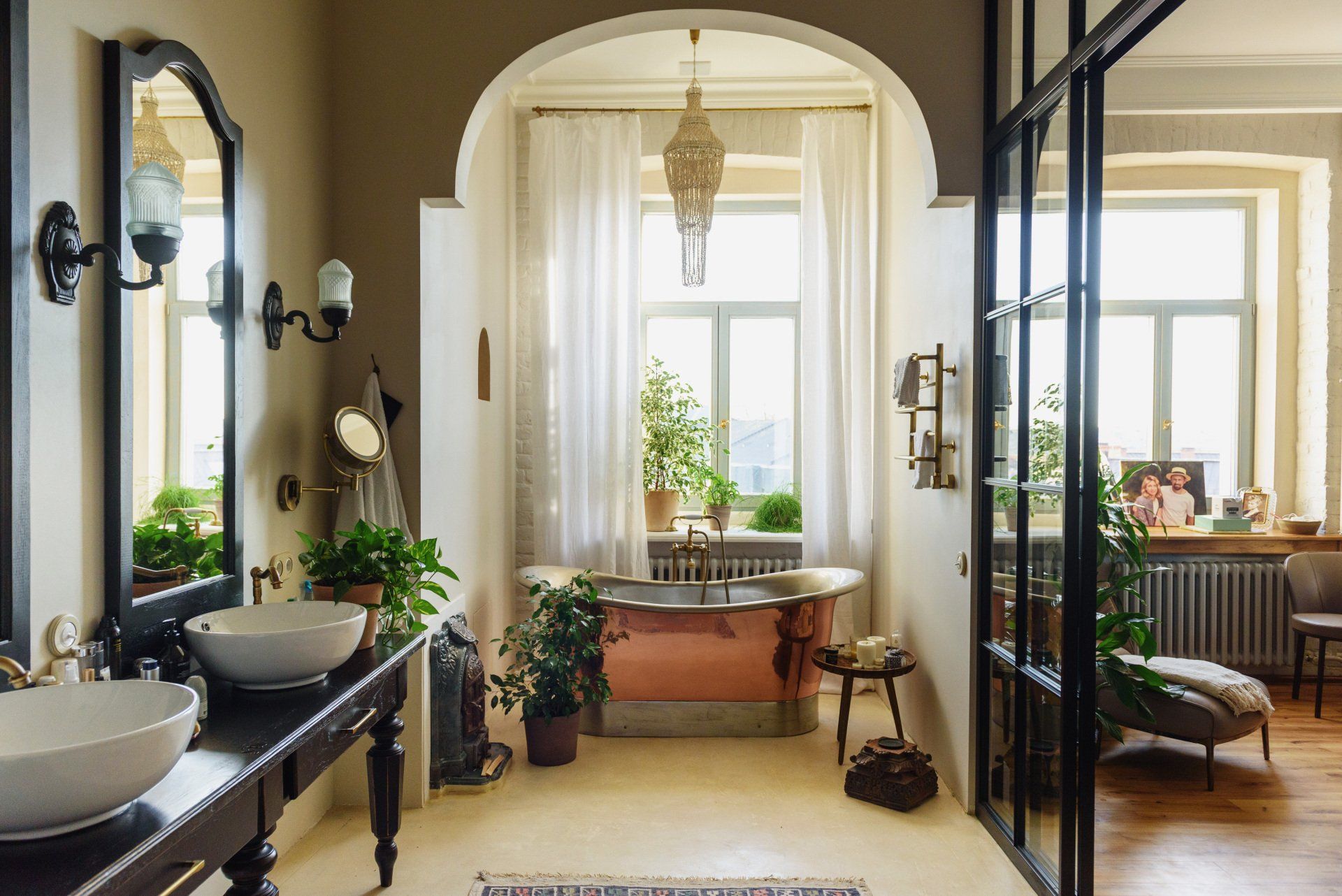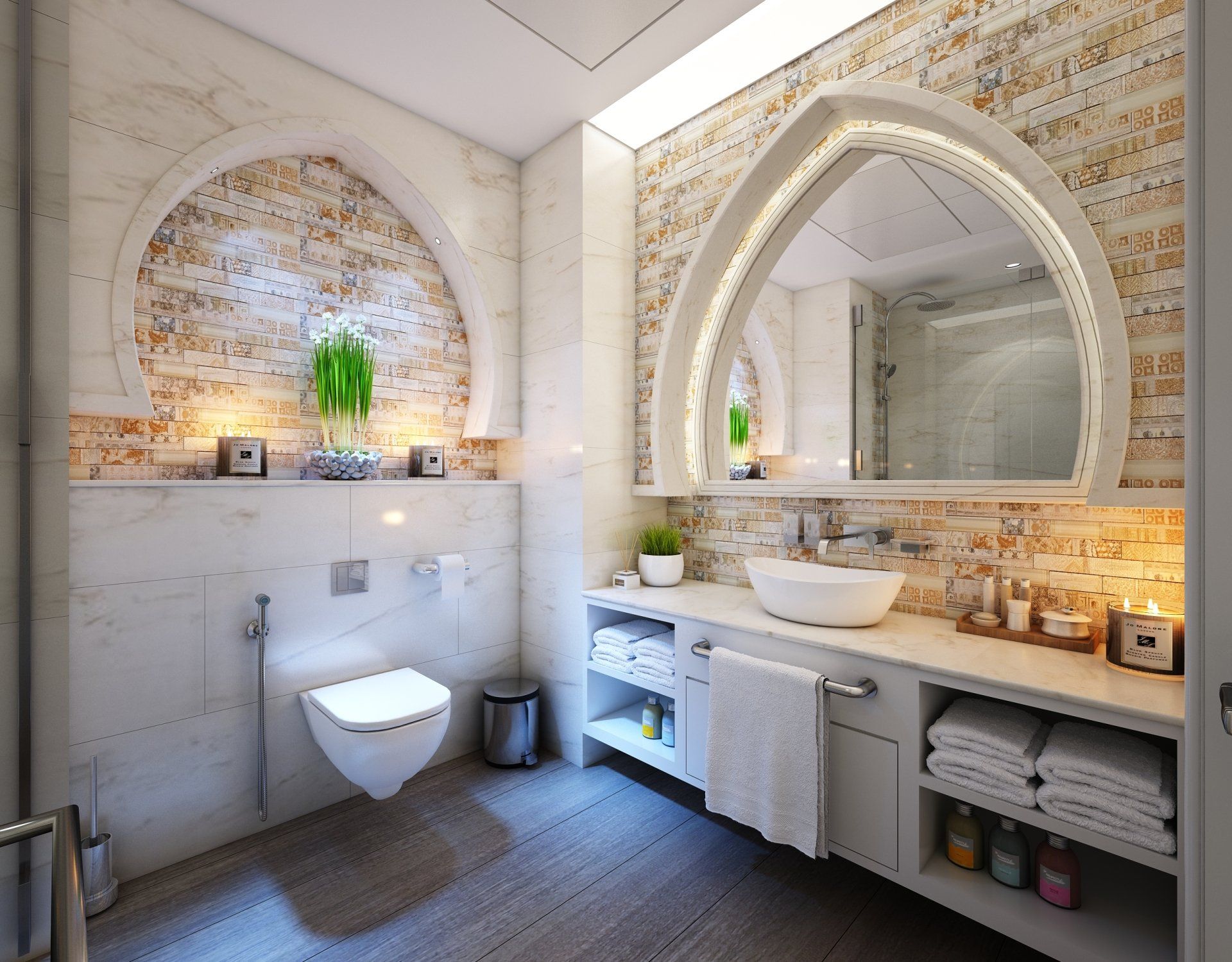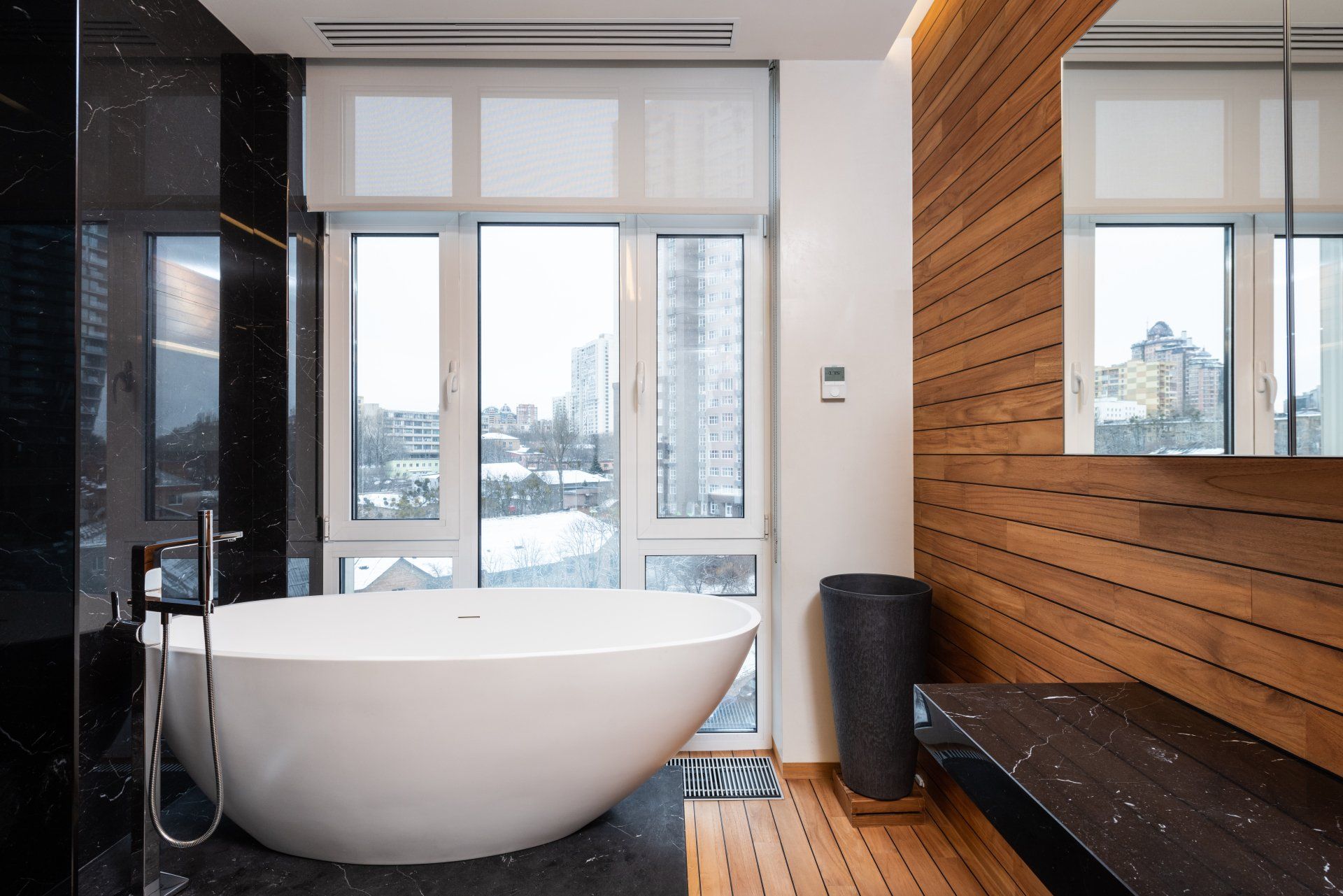If you're in the market for a remodeled bathroom, it's important to have a realistic idea of how much a remodel project will cost. Our local
remodeling contractors provide free cost estimates for a variety of projects, from simple upgrades to complete overhauls.
Keep in mind that these prices are just estimates; your actual costs may vary depending on factors like the size and complexity of your project and what renovation contractors you select. Still, this information can give you a good starting point as you begin planning your dream bathroom.
Exploring the Advantages and Drawbacks of a Smart Bathroom Transformation in 2024
The year 2024 is witnessing a remarkable transformation in the realm of home improvement, and nowhere is this more evident than in the smart bathroom upgrade trend. Homeowners are increasingly embracing the idea of upgrading their bathrooms with cutting-edge technology.
However, as with any major decision, there are both advantages and disadvantages to consider. In this comprehensive article, we will delve into the pros and cons of a smart bathroom tranformation in 2024.
Pros:
Enhanced Personalization:
Feature: Smart bathroom technology allows for a high degree of personalization. Homeowners can customize various settings, from lighting and water temperature to shower pressure and even music playlists, to create a unique and tailored bathroom experience.
Benefit: This level of personalization ensures that every visit to the bathroom is a comfortable and enjoyable one. Your bathroom can be precisely the way you want it, creating a sense of luxury and relaxation.
Improved Functionality:
Feature: Smart bathrooms often include upgrades that enhance functionality. These may include increased storage options, optimized use of available space, and improved drainage systems.
Benefit: A smart bathroom is not just aesthetically pleasing; it also serves its practical purpose efficiently. The added functionality can make everyday routines smoother and more organized.
High-Tech Toilets:
Feature: In 2024, high-tech toilets have become a staple of bathroom renovations. These toilets offer features such as self-cleaning capabilities, bidet functions, and even air deodorizers.
Benefit: High-tech toilets not only elevate hygiene standards but also provide a touch of luxury and comfort. They are a testament to how technology is improving our daily lives, even in the bathroom.
Energy Efficiency:
Feature: Smart bathrooms often incorporate energy-efficient fixtures and appliances. Motion-sensor faucets and LED lighting are examples of features that can reduce water and energy consumption.
Benefit: Being environmentally responsible is stylish and practical. These energy-efficient features can lower utility bills while helping to reduce your ecological footprint.
Increased Home's Resale Value:
Benefit: Investing in a smart bathroom is not just about personal enjoyment; it's also a smart financial decision. Homes with modern, tech-savvy bathrooms are in high demand, making your property more attractive to potential buyers.
Cons:
High Initial Cost:
Drawback: Perhaps the most significant drawback of a smart bathroom transformation is the initial cost. The advanced technology, fixtures, and installation can be expensive.
Complexity and Maintenance:
Drawback: Smart bathrooms can be complex to set up and maintain. They may require regular software updates, strong Wi-Fi connectivity, and troubleshooting skills.
Privacy and Security Risks:
Drawback: With internet-connected devices in the bathroom, there are potential privacy and security risks. Ensuring the security of your data and devices is crucial.
Dependency on Technology:
Drawback: While smart bathrooms offer convenience, they can also lead to overreliance on technology. Some individuals may find it challenging to perform bathroom tasks without smart assistance.
Compatibility Issues:
Drawback: Integrating various smart bathroom components from different brands can result in compatibility issues. Ensuring seamless connectivity may require additional effort.
A smart bathroom in 2024 presents homeowners with numerous advantages, including enhanced personalization, improved functionality, high-tech toilet features, energy efficiency, and increased home value. However, it also comes with its share of challenges, such as the initial cost, complexity, privacy and security concerns, technology dependency, and compatibility issues.
Deciding whether a smart bathroom is right for you should take into account your preferences, budget, and willingness to embrace technology in your daily routines. It's an exciting step into the future of home improvement, but one that should be approached with careful consideration.
Navigating the Pros and Cons of a Smart Bathroom Remodel in 2024
The year 2024 marks a significant turning point in home improvement, with a
smart bathroom reno taking center stage. Homeowners are increasingly intrigued by the prospect of upgrading their bathrooms with cutting-edge technology.
However, as with any major decision, there are both advantages and disadvantages to consider. In this in-depth article, we will thoroughly explore the pros and cons of embarking on a smart bathroom upgrade project in 2024.
Pros:
Personalization at Its Finest:
Feature: Smart bathroom technology allows for an unprecedented level of personalization. Homeowners can fine-tune various settings, from lighting and water temperature to shower pressure and even music playlists, to create a bathroom experience tailored to their unique preferences.
Benefit:
This exceptional level of personalization ensures that every visit to the bathroom becomes a delightful and customized experience. Your bathroom becomes a sanctuary of comfort and relaxation designed precisely the way you desire.
Enhanced Functionality:
Feature: Smart bathrooms frequently include upgrades that enhance functionality. These may encompass increased storage options, the efficient utilization of available space, and improved drainage systems.
Benefit: A smart bathroom is not merely visually pleasing; it also excels in practicality. The added functionality streamlines daily routines, promoting organization and efficiency.
High-Tech Toilets Take Center Stage:
Feature: In 2024, high-tech toilets have become a hallmark of bathroom renovations. These advanced toilets offer features such as self-cleaning capabilities, bidet functions, and even air deodorizers.
Benefit:
High-tech toilets not only elevate hygiene standards but also provide a touch of luxury and comfort. They are emblematic of how technology is revolutionizing even the most mundane aspects of our daily lives.
Energy Efficiency for a Greener Tomorrow:
Feature:
Smart bathrooms often incorporate energy-efficient fixtures and appliances, including motion-sensor faucets and
LED lamps, which can significantly reduce water and energy consumption.
Benefit:
Demonstrating environmental responsibility is both chic and pragmatic. These energy-efficient features contribute to lower utility bills while simultaneously helping to diminish your ecological footprint.
Increased Home's Resale Value:
Benefit: Undertaking a smart bathroom reno project is not merely an investment in personal enjoyment; it's also a savvy financial decision. Properties featuring modern, tech-savvy bathrooms are highly sought after, rendering your home more appealing to prospective buyers.
Cons:
Considerable Initial Investment:
Drawback:
Arguably the most significant downside of a smart bathroom is the initial cost. The advanced technology, fixtures, and installation can be quite expensive.
Complexity and Maintenance Challenges:
Drawback:
Smart bathrooms can be intricate to set up and maintain. They may necessitate regular software updates, robust Wi-Fi connectivity, and troubleshooting skills.
Privacy and Security Vulnerabilities:
Drawback: With internet-connected devices within the bathroom, there is an inherent risk to privacy and security. Safeguarding your data and devices is of paramount importance.
Potential Overreliance on Technology:
Drawback: While smart bathrooms offer unparalleled convenience, they may also foster an overdependence on technology. Some individuals may find it challenging to perform basic bathroom tasks without relying on smart assistance.
Compatibility Quandaries:
Drawback:
Integrating various smart bathroom components from different manufacturers can lead to compatibility issues. Ensuring seamless connectivity may require additional effort and technical expertise.
It's clear, a
smart bathroom in 2024 presents homeowners with a plethora of advantages, including unrivaled personalization, heightened functionality, state-of-the-art toilet features, energy efficiency, and increased home value.
However, it also comes with its set of challenges, including the substantial initial cost, complexity, privacy and security concerns, potential technology dependence, and compatibility issues.
Deciding whether a smart bathroom project aligns with your preferences, budget, and willingness to embrace technology in your daily routines requires thoughtful consideration. It represents an exciting leap into the future of home improvement, but one that necessitates careful evaluation of its pros and cons.
The Most Expensive Component in a Bathroom Transformation Project
When it comes to embarking on a bathroom renovatrion project, one question that often looms large in the minds of homeowners is, "What is the most expensive part of a bathroom project?" It's a valid concern, as bathroom renovations can range from small updates to complete makeovers, and understanding where the bulk of your budget will go is crucial.
Let's delve into the various components of a project and pinpoint the most expensive aspects that can impact your project's cost.
Understanding the Cost versus Value Report
Before we dive into the specifics, it's essential to recognize that the cost of a transformation project can vary significantly based on factors such as the size of your bathroom, the quality of materials used, labor costs, and your location. That being said, there are some common denominators that tend to drive up the expenses in most bathroom renovation projects.
One of the most significant expenses in an upgrade project is plumbing and fixtures. If you plan to rearrange your bathroom layout or upgrade to high-end fixtures, this can significantly impact your budget. Moving plumbing lines, installing a new shower or bathtub, and replacing old pipes can quickly add up. High-quality faucets, showerheads, and toilets also come with a price tag, especially if you opt for designer brands.
2. Tiling and Flooring
The choice of tiles and flooring materials can have a substantial impact on your overall project cost. High-quality tiles, such as natural stone or imported ceramics, can be quite expensive. Additionally, the labor involved in properly installing tiles can add to the cost. If you're considering radiant floor heating, that's another expense to factor in.
3. Custom Cabinetry and Countertops
Custom cabinetry and countertops are a popular choice in modern bathrooms. They provide a sleek and tailored look to the space. However, custom-built cabinetry and stone countertops can be among the more expensive elements of your project. Their cost varies depending on the materials chosen, design complexity, and the size of your bathroom.
4. Electrical Work and Lighting
Upgrading your bathroom's lighting, including fixtures and wiring, can also contribute to the project's cost. Modern bathrooms often incorporate various lighting options, such as ambient, task, and accent lighting. High-quality fixtures and the need for additional electrical work can increase expenses in this area.
5. Labor Costs
Labor costs play a significant role in any renovation project. The complexity of your project, the skill level of the professionals you hire, and your location can all impact labor costs. Skilled contractors and craftsmen generally charge more for their services, but their expertise can make a substantial difference in the quality of your remodel.
6. Unforeseen Issues
It's crucial to budget for unforeseen issues that may arise during the renovation. Hidden plumbing problems including water damage, structural issues, or the need for unexpected repairs can all increase your project's cost.
While the most expensive part of a project can vary depending on your choices and circumstances, plumbing and fixtures, tiling and flooring, custom cabinetry and countertops, electrical work and lighting, labor costs, and unforeseen issues are all factors that can significantly impact your budget.
By carefully planning your project, setting a realistic budget, and working with experienced professionals, you can ensure a successful and satisfying upgrade project that meets your needs and style preferences.
Ready to get started? Need a
Quote? Click the image at the right to connect with a local contractor who can help make your vision a reality.

